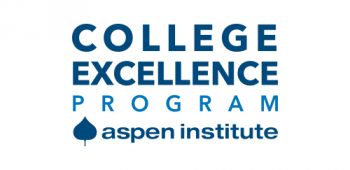As a part of the national Tackling Transfer Initiative, six of its Policy Advisory Board members came together to offer four recommendations that higher education leaders and state policymakers can leverage to ensure a growing number of transfer students are able to attain bachelor’s degrees that lead to successful careers.
Recent surveys show that a growing number of high school graduates and college students are opting to attend community colleges this fall because they are affordable and closer to home. Those who lost jobs in the post-COVID economy are also turning to community colleges to gain and sharpen skills that lead back to jobs. The combination is creating an unprecedented level of student movement between two- and four-year colleges. There’s even a name for it in higher education circles – the “corona swirl.”
By diverting such a large share of limited dollars from students who need help to afford college to students who don’t, schools are exacerbating a long-term trend of many schools enrolling far more students from families at the top of the income ladder than from those at the middle and bottom of it.
It’s a tragically apt metaphor for the rising number of students who often think they are on track to earning a bachelor’s degree, only to find out too late that a large share of their credits won’t transfer or apply toward the degree needed for their chosen career.



